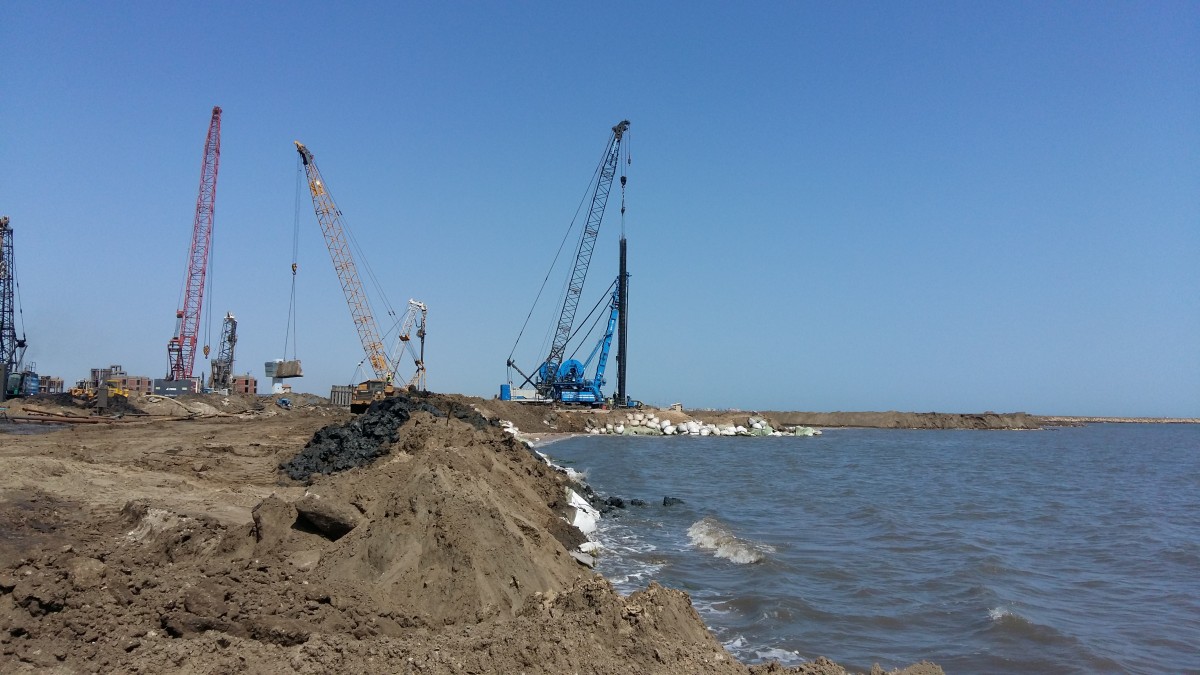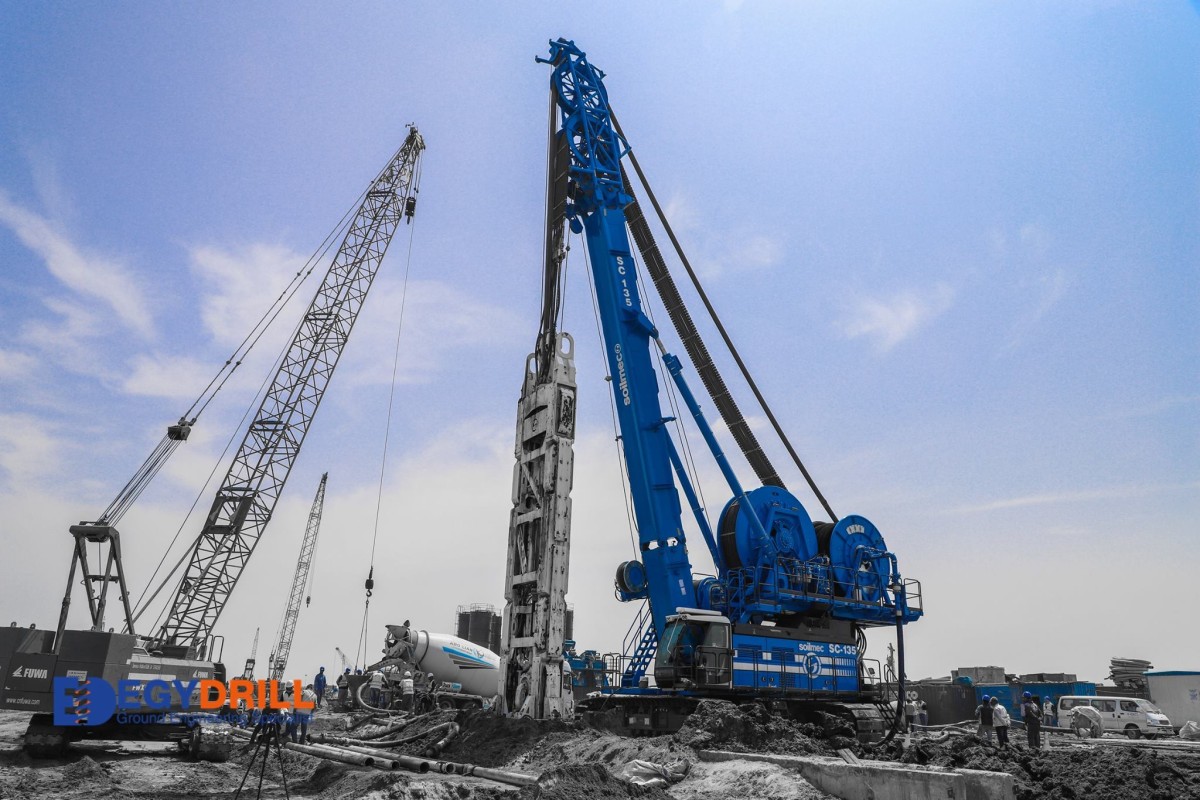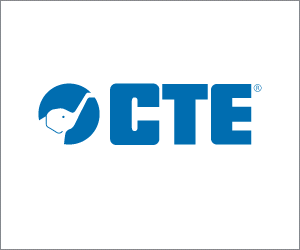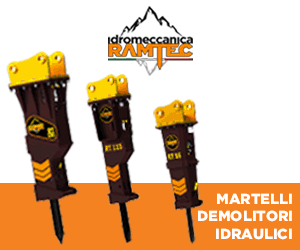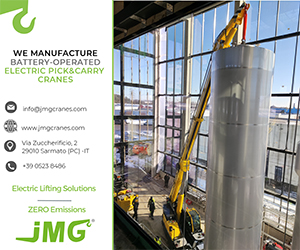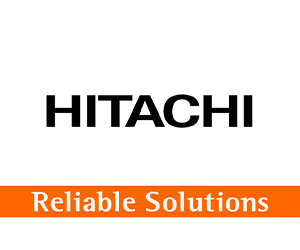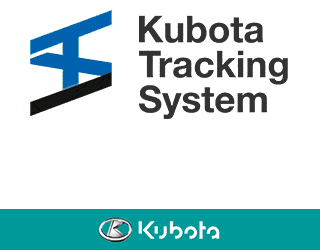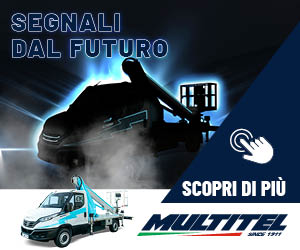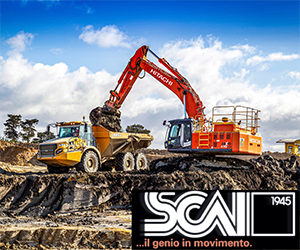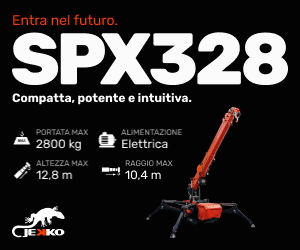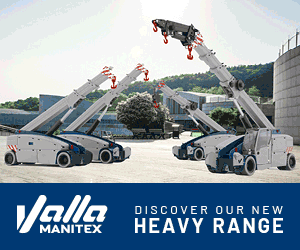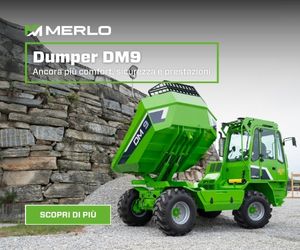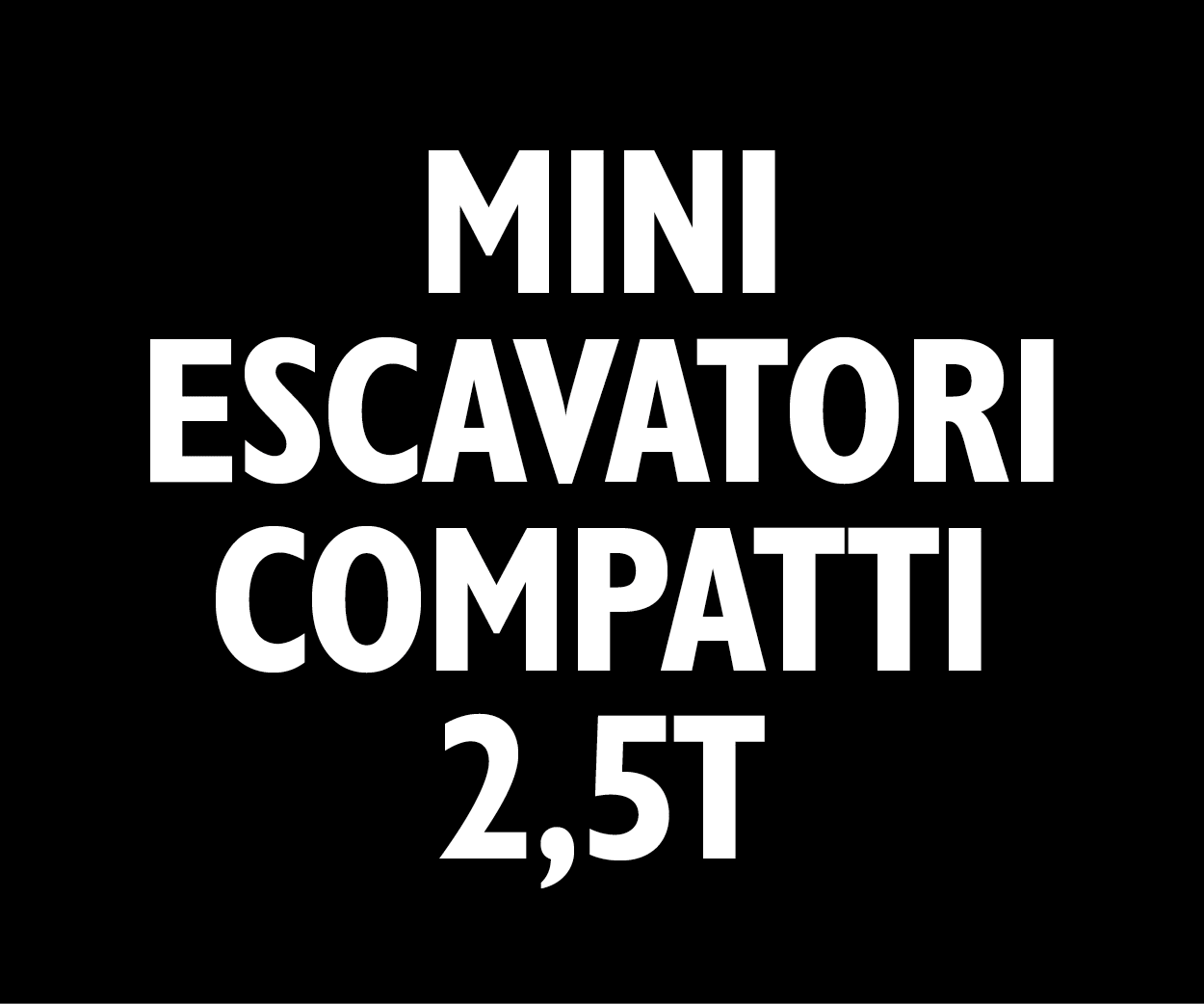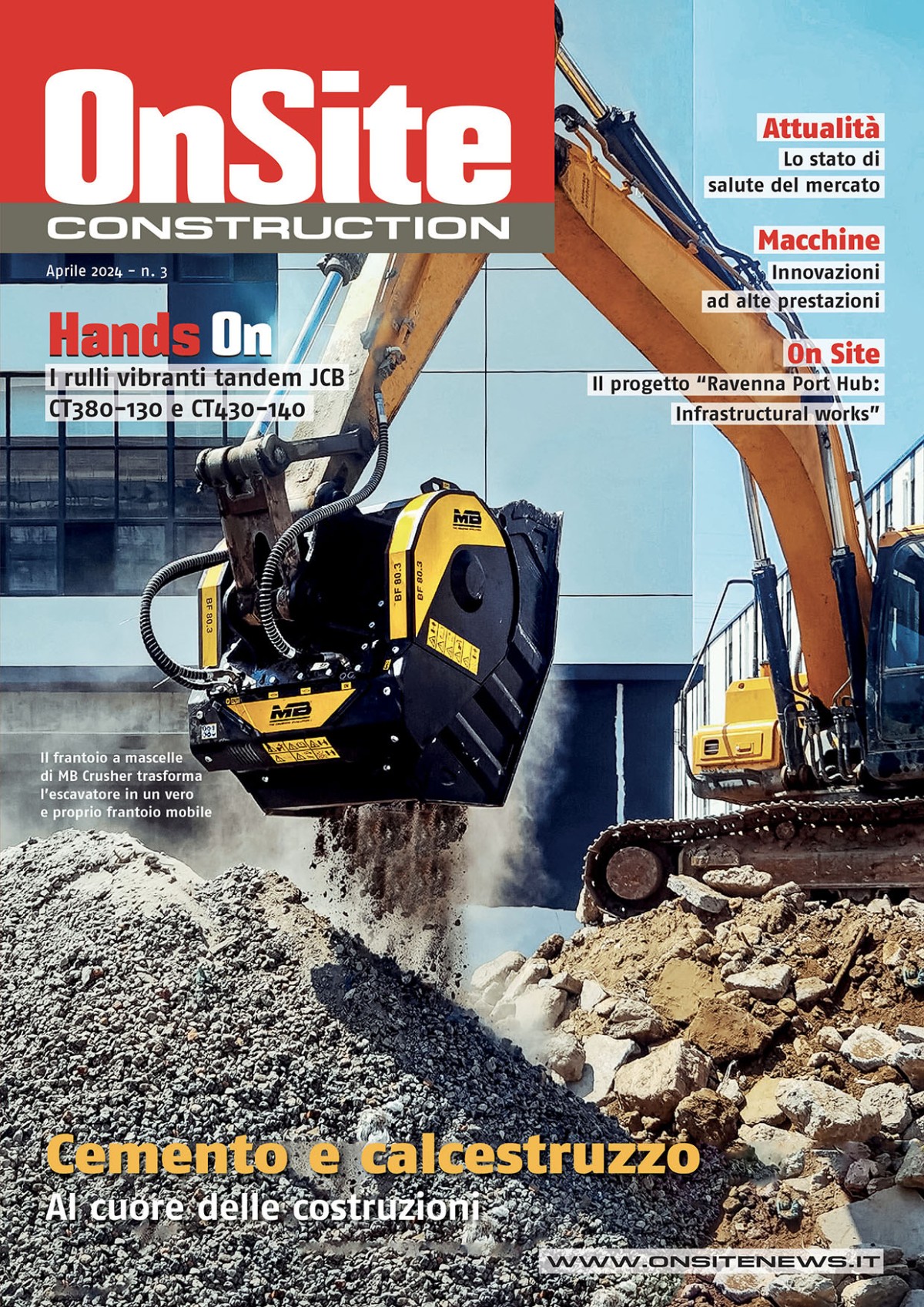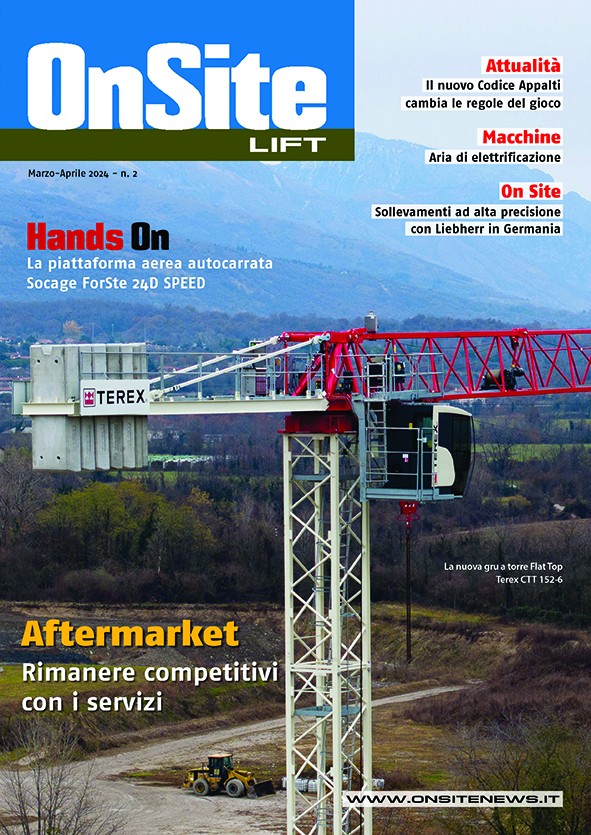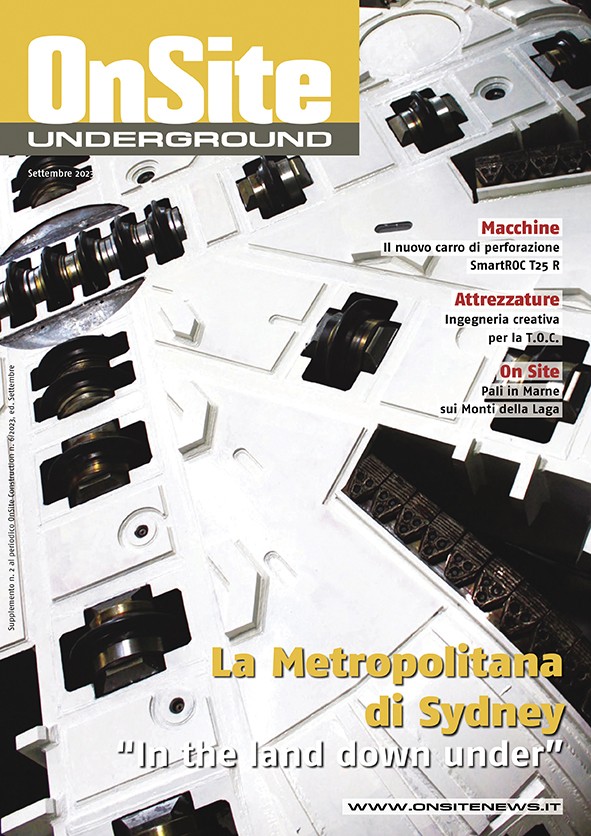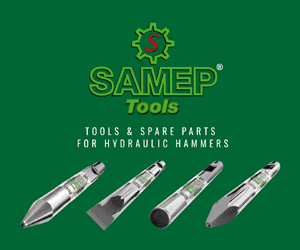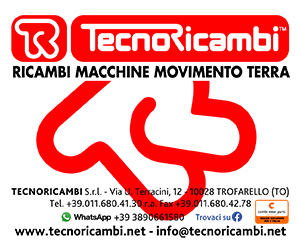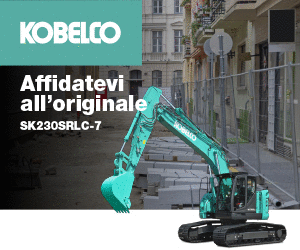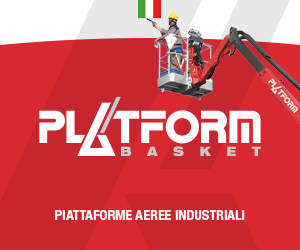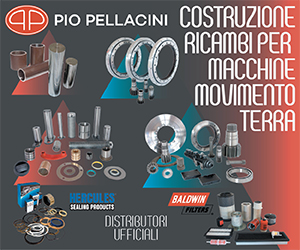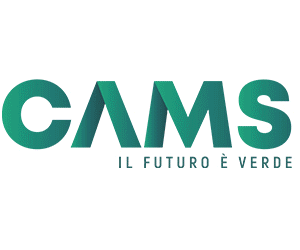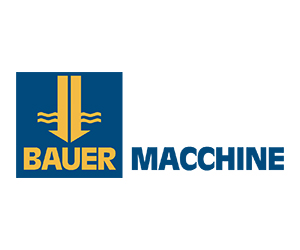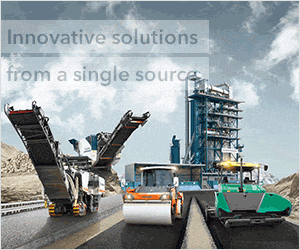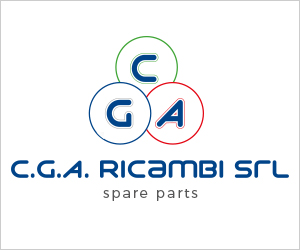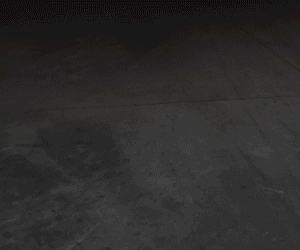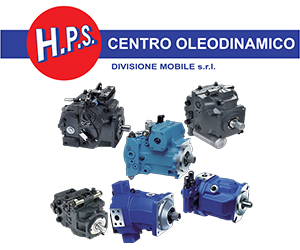Home \ International \ Soilmec designs hydromills for profitability
Soilmec designs hydromills for profitability
16/05/2022
Pubblicato da Ettore Zanatta
With the SC-135 Tiger Soilmec sets the standard for excellence in the domain of hydromills.
Through its extensive onsite experience, Soilmec is well familiar with these challenges. When studying systems for excavating diaphragm walls, it thought about how to offer the best productivity in highly difficult operating scenarios, e.g., excavation of rock masses with high values of RQD (low or non-existent fracture) and an unconfined compression strength (200 MPa and over). To assure performance Soilmec first studied oil flows and the routing of hoses in order to reduce any pressure drops that could affect the system’s efficiency, resulting in an increase in available power.
Along with a careful study of the cutting systems, Soilmec is able to provide the best excavation capacity available on the market today with torques that, depending on the type of milling module, range from 90 to 150 kNm for each wheel. Thanks to the proven efficacy of the DMS system, now in a 4.0 version, the operator has the guarantee of verticality values with margins of error in the order of 0.2%, even at depths exceeding 150 m. Furthermore, the DMS manager, among other functions, provides predictive maintenance and a project advancement report, both very important to establish better timing and planning of the job site.
The Soilmec hydromill module’s hydraulic motors do not require periodic maintenance for up to 1500 hours, and experience on site has determined that they can achieve 2000 hours. Even on complex, “non-standard” job sites where the ground contains rock masses with high strength values (100 MPa and over), the motors have demonstrated no need for overhaul prior to 1000 working hours. Moreover, disassembly and reassembly of excavation wheels are greatly simplified thanks to a hexagonal conical housing with only six bolts, so the task can be completed in two hours instead of a much longer interval. This also has an effect on the method and timing for performing excavation, because in the case of mixed terrain (e.g., clay/rock) the cutting drums can be changed based on need without impacting job site schedules.
The SC-135 Tiger has a double hydraulic system fitted with independent tanks; a solution no other manufacturer offers, unless by including an external auxiliary unit. Should pumps become contaminated or the milling module blocked when inside the excavation, the double circuit enables the crane to extract it, thereby reducing the time it is immobilized, or in a worst-case scenario the possibility it must be abandoned. The user can thus resume work within a time period that, depending on the extent of the problem, is 50-70% less on average than what has been historically experienced before on the market, which translates into greatly reduced costs of repair and restoration. The crane’s main components have also been studied to afford easy access; the combustion engine, pumps, electrical panel and all other parts have all been positioned keeping in mind the technician who is to repair or replace them.
Unlike with a drilling rig, the operator of a hydromill can work long shifts, sometimes stretching over ten hours. This is because the phases of excavating and casting the elements to make a panel are influenced by several factors, not always predicted with any certainty (extremely hard rock masses, difficulties in handling the cages, delays in casting, etc.). This explains why seat comfort, climate control, ergonomics of the controls and optimum visibility of the instrumentation of the area nearest the machine are key features intended to put the operator in the best working conditions.The cab of the SC-135 Tiger reflect these priorities. In addition, they feature proportional and highly precise commands that, besides improving the quality and response to project specifications, allow the operator to be in total control, helping to alleviate stress (and accompanying fatigue) due to an imperfect response of the commands.
The machine has been designed with a modular architecture that allows you to maintain its powerful features with smallest dimensions. Switching between standard and compact version is easily obtained by simply changing the upper platform and mud wheel. The SC-135 Tiger Compact set-up allows you to reach an excavation depth of 90 m containing the tail swing radius of the machine in 6200 mm. This design geometry allows to work on construction sites with space constraints as metropolitan construction sites. Between September 2021 and February 2022, TREVIICOS has been involved in the South Station Tower project in Boston. One of the main challenges faced was a very tight site working between historic South Station head house and active passenger platforms for Amtrak and MBTA commuter rail lines. Thanks to the possibility of using a high-performance machine despite the tight spaces, the work was completed on schedule.
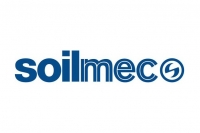
Ultime notizie di Soilmec
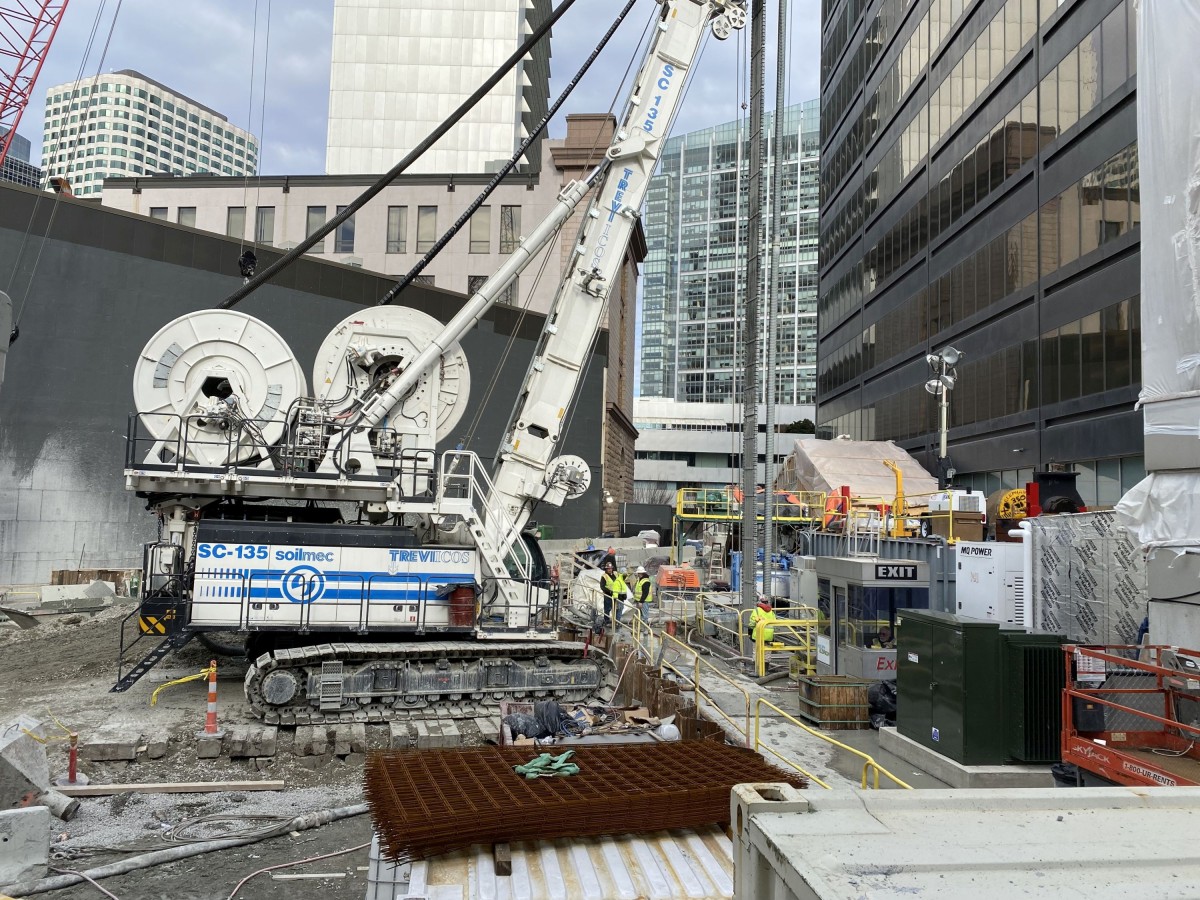
Perforation
05/05/2022
TREVIICOS has involved in the South Station Tower project in Boston
Between September 2021 and February 2022 TREVIICOS, american...
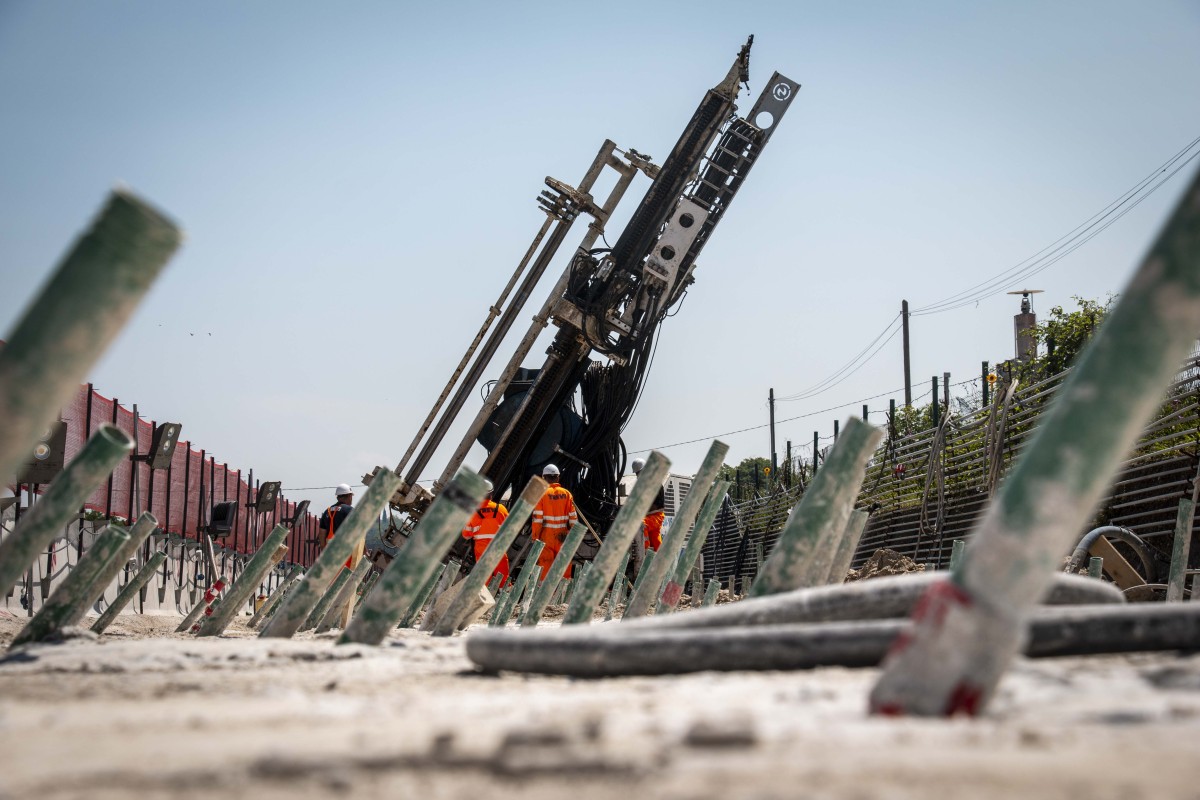
Perforation
08/03/2022
Trevi Group ready for an important soil consolidation project in Italy
Trevi Group is currently firming up soil at a location south...
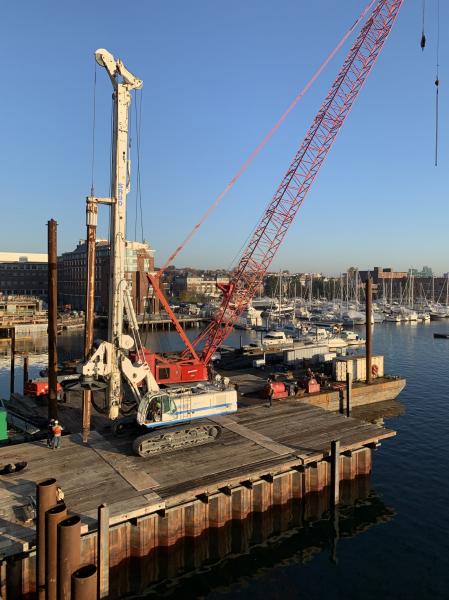
08/03/2021
The "North Washington Street Bridge" project
TREVIICOS is progressing its work for the construction of th...
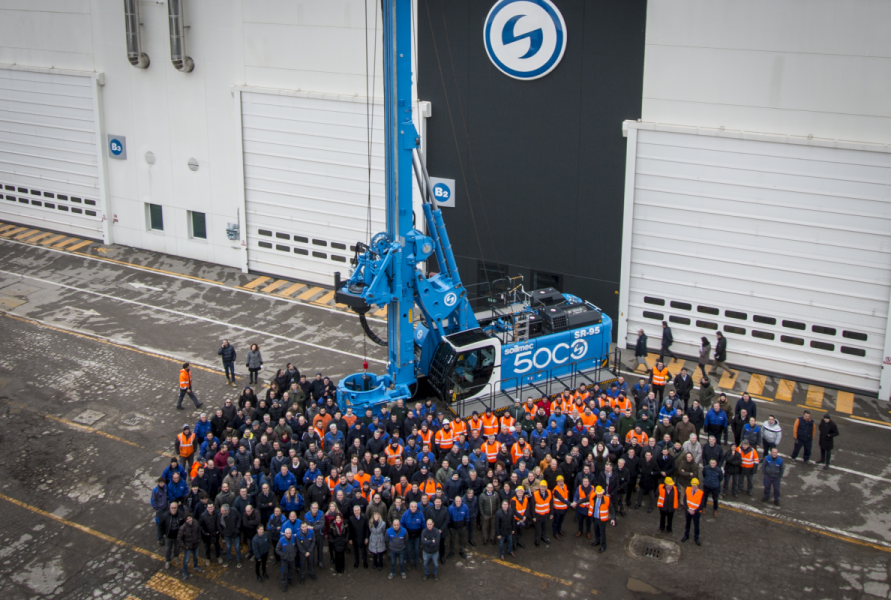
22/01/2020
Soilmec sells the entire majority share of the American Company Watson Inc. to the minority shareholder
Soilmec, which operates on the American market both through...
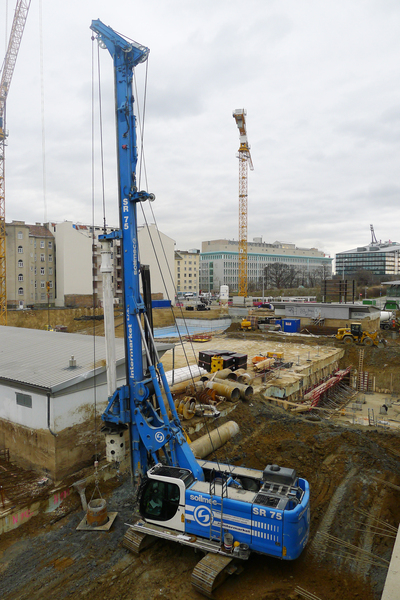
Perforation
24/05/2018
Soilmec moves to Stage V with Volvo Penta
Italian ground engineering manufacturer, Soilmec, is to inst...
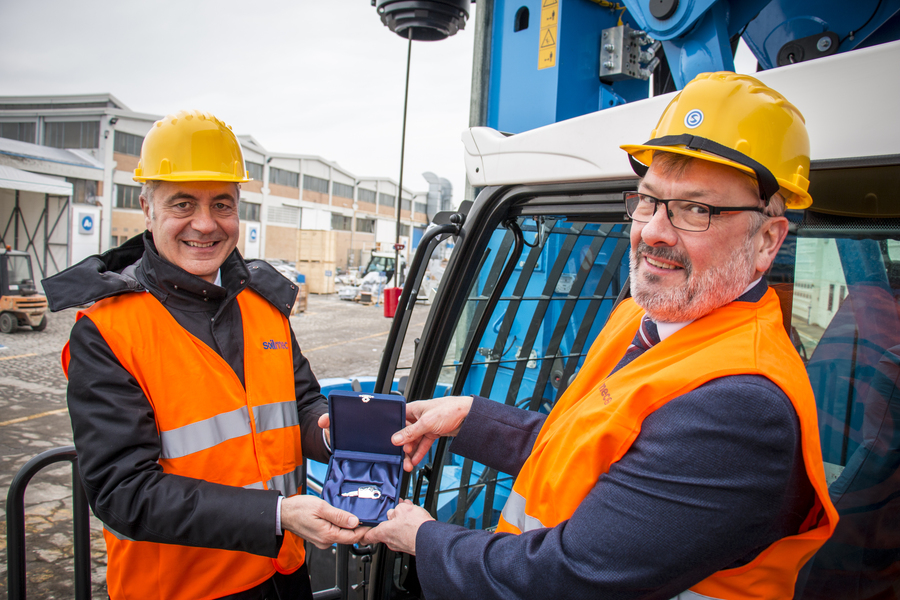
26/02/2018
Soilmec: the production of 5,000th large diameter piles (LDP) machine
Soilmec: the production of our 5,000th large diameter piles...
Altri International
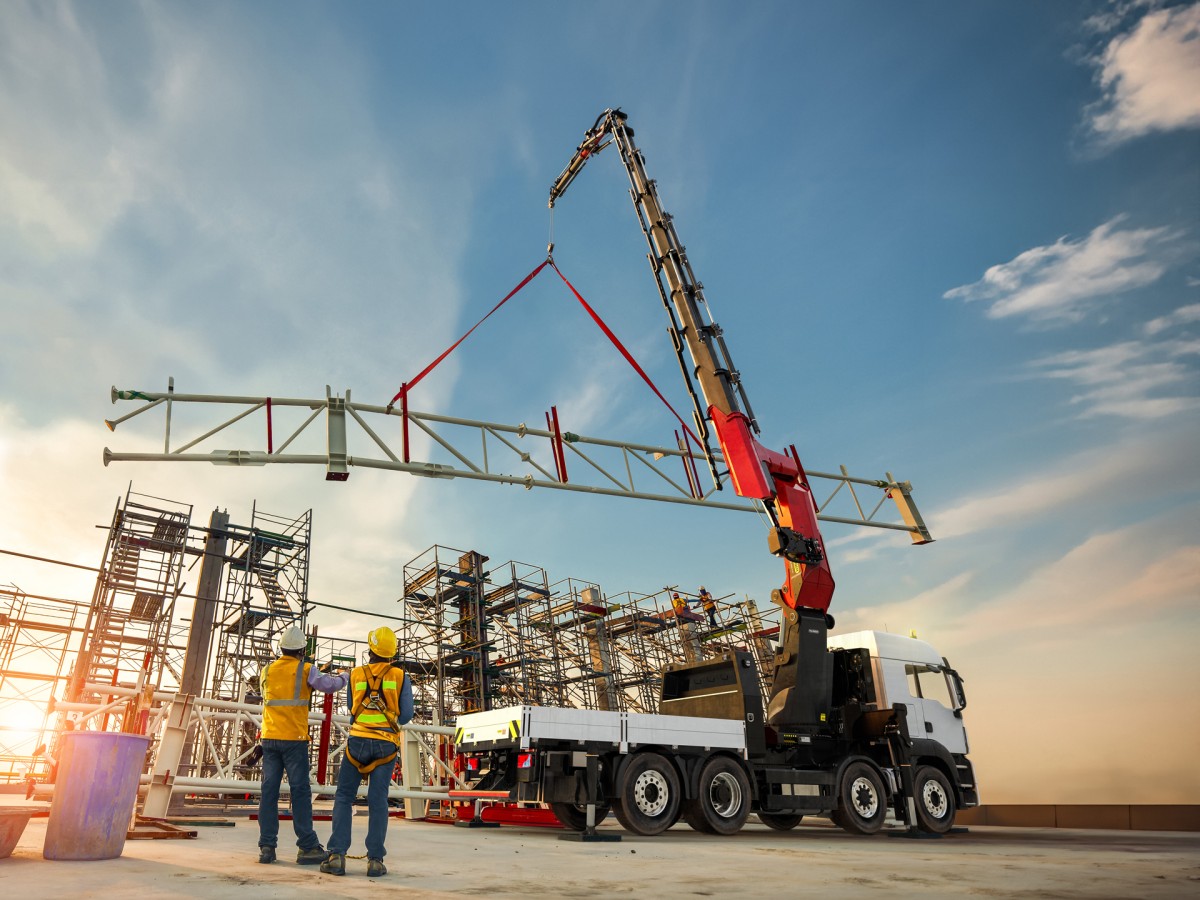
International
24/04/2024
New Palfinger's TEC Heavy-Duty Cranes Set Standards in Power & Precision
The new Palfinger PK 1350 TEC and PK 1650 TEC heavy-duty cra...
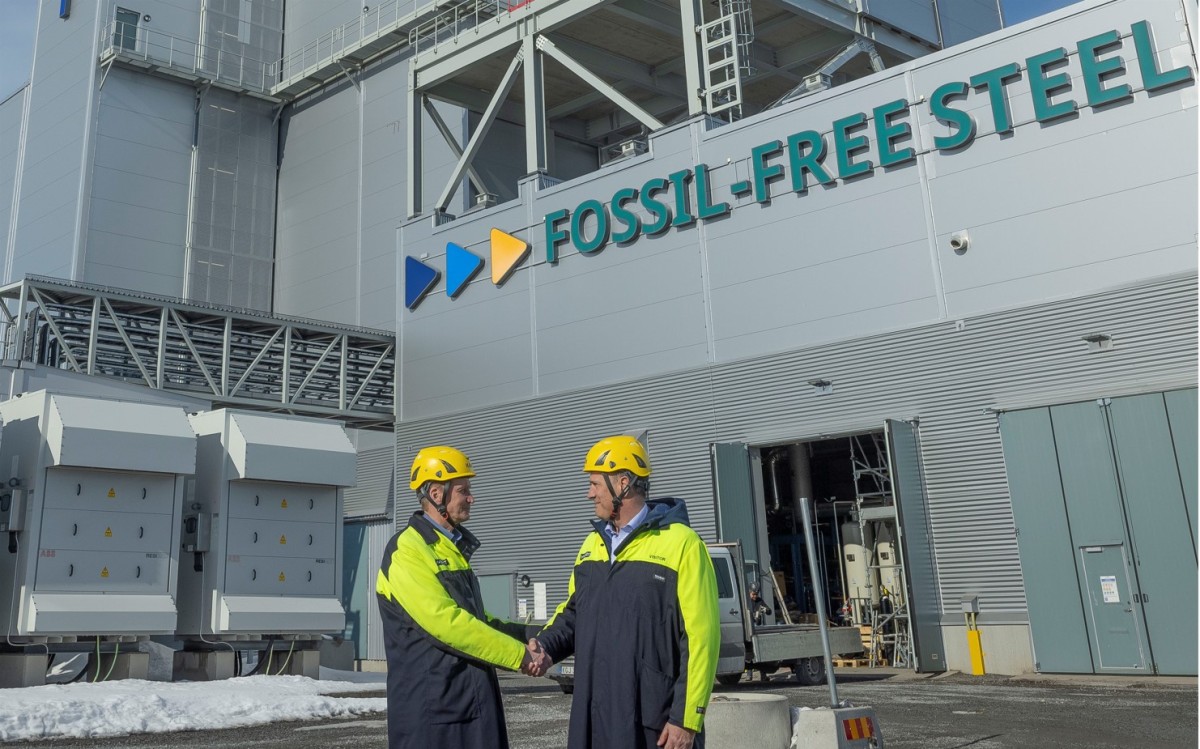
International
24/04/2024
SSAB and Manitou Group agree on fossil-free steel
Manitou Group announces the signature of a letter of intent...
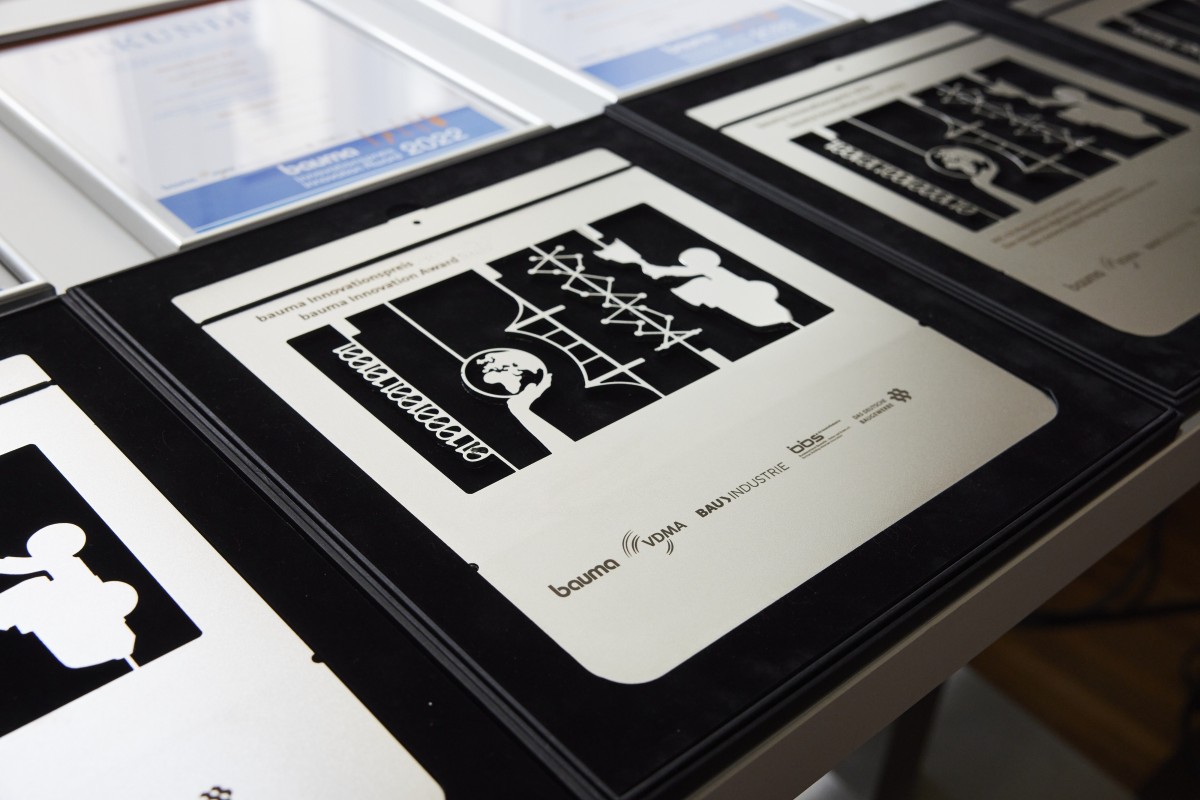
International
23/04/2024
Bauma Innovation Award: Kick-off 2 May 2024
On the occasion of bauma 2025, the leading associations of t...
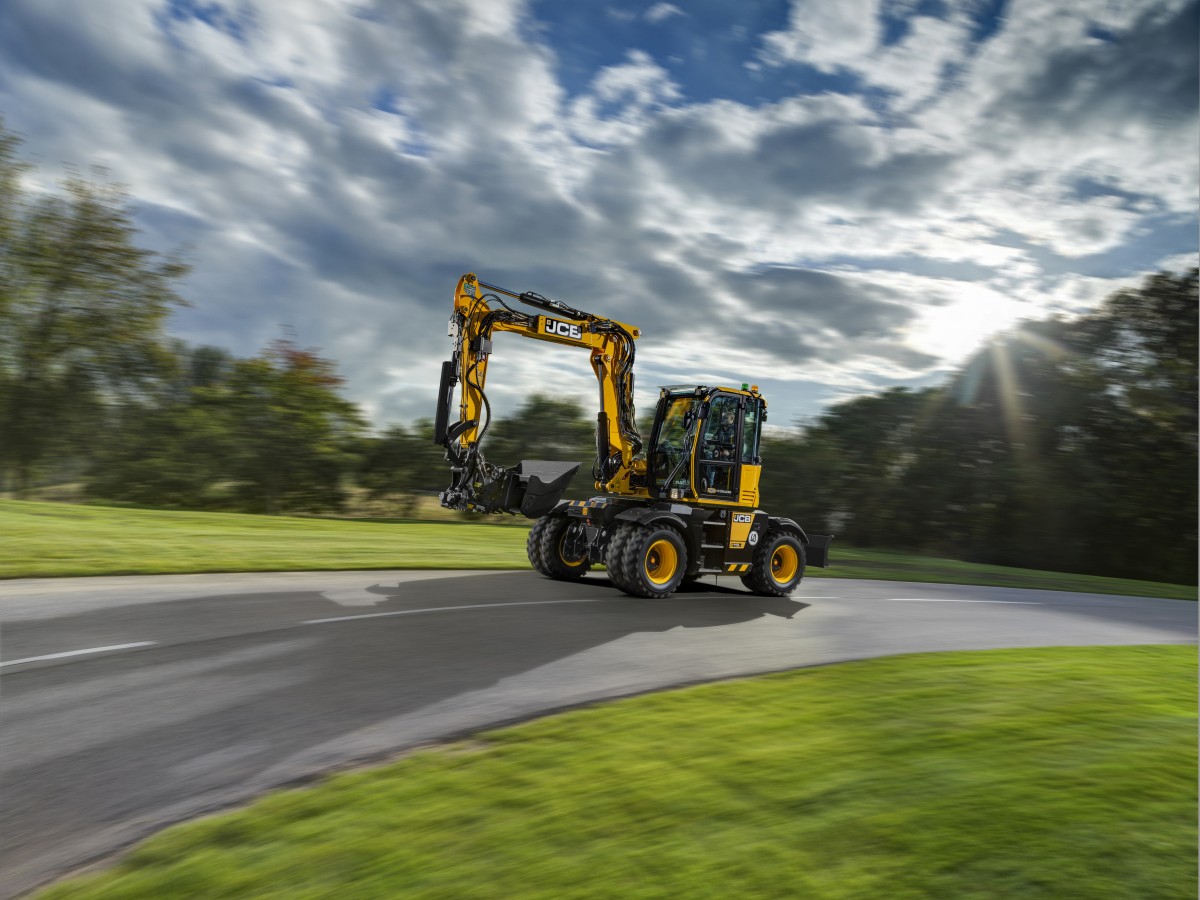
International
23/04/2024
JCB expands Hydradig line-up with Plus and Pro models
JCB is meeting the needs of customers across every industry...
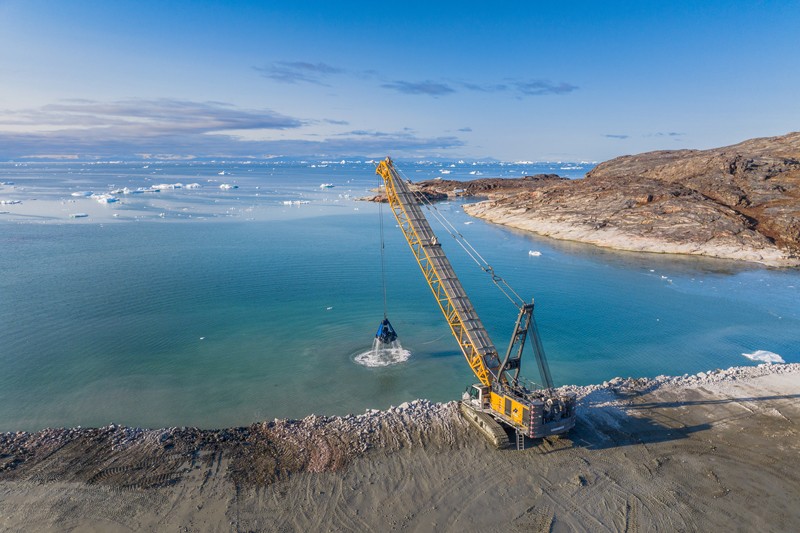
International
22/04/2024
Liebherr is part of the largest construction project in Greenland's history
Around 250 kilometres north of the Arctic Circle, Liebherr i...
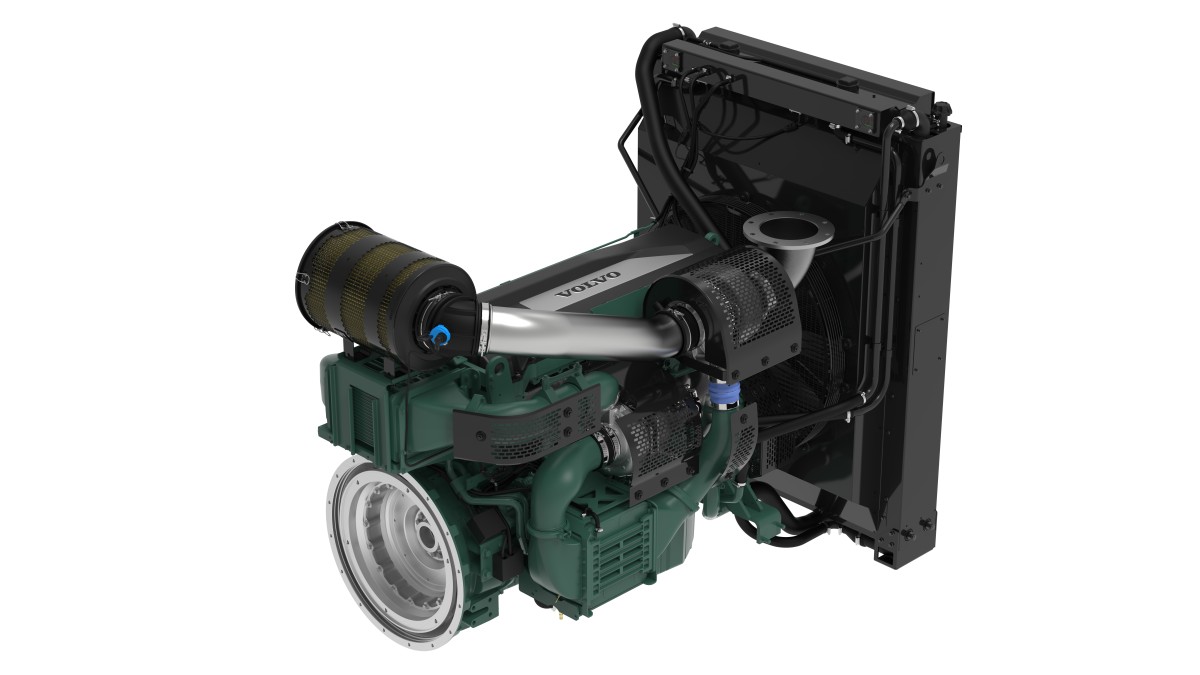
International
22/04/2024
17 highlights of Volvo Penta’s powerful D17 industrial genset engine
Volvo Penta’s most powerful engine – the D17 – supports the...












